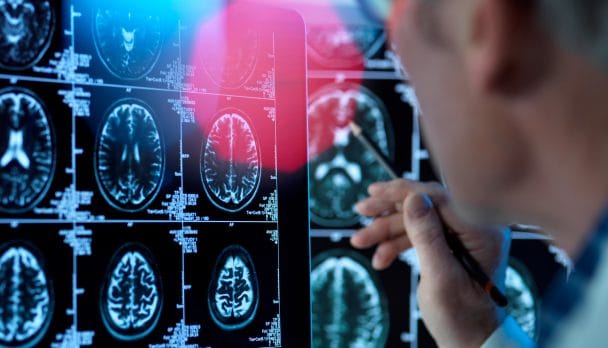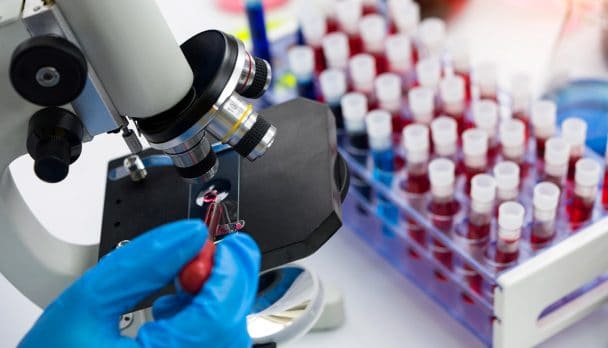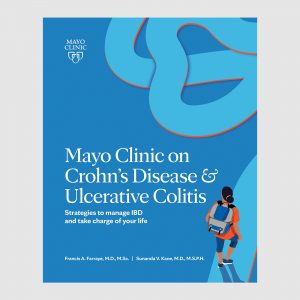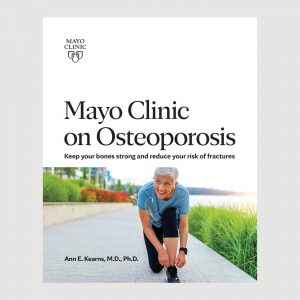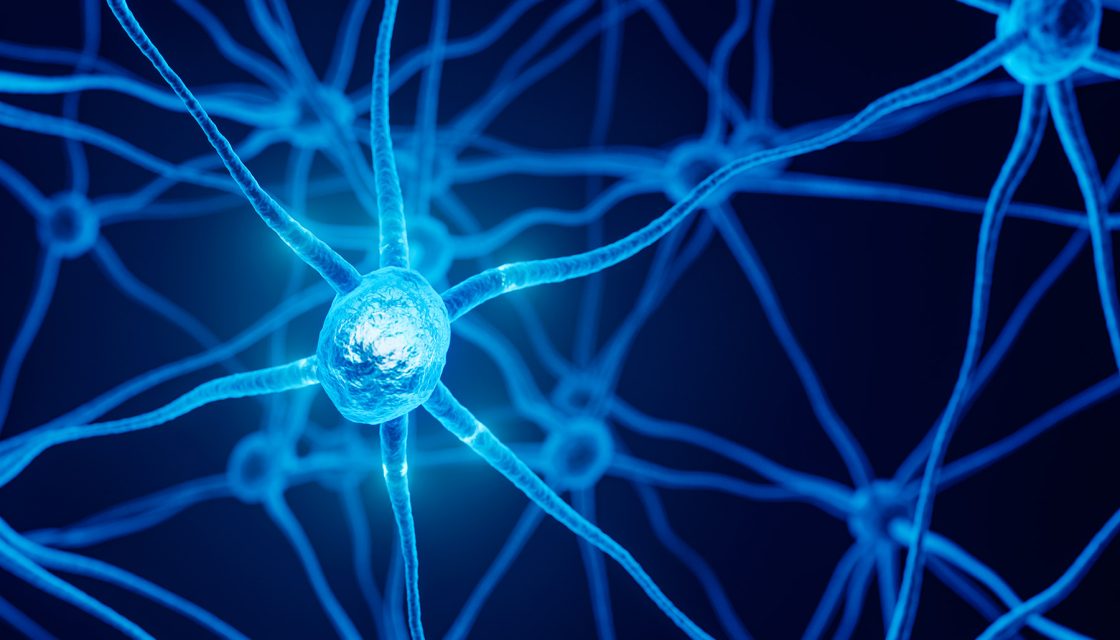
Celine Dion, the Canadian singer and reigning queen of power ballads, shook the world in 2022 when she announced she had been diagnosed with stiff person syndrome (SPS). For most people, Dion’s disclosure was their first time hearing about SPS, a rare neurological disorder characterized by muscle stiffness, spasms and decreased mobility. In fact, SPS is so rare that only an estimated 5,000 people in the United States are living with the condition.
After the announcement, Dion largely withdrew from public life to focus on her health — before she returned to the stage at the 2024 Paris Olympics opening ceremony. Her emotional performance, coupled with a recent documentary chronicling her experiences with SPS, has led to increased public awareness about the condition.
But even before Dion’s announcement, Mayo clinic expert and neurologist Andrew McKeon, M.B., B.Ch., M.D., says that in recent years researchers and healthcare professionals have increasingly studied SPS.
Below, Dr. McKeon discusses everything you need to know about SPS, including what likely causes stiff person syndrome, symptoms of the condition and treatments.
What is stiff person syndrome?
Formerly referred to as stiff man syndrome, SPS is a progressive condition that impacts the nervous system — the network the brain and spinal cord use to send messages all over the body and communicate with the muscles and senses. With SPS, the brain, spinal cord and muscles have difficulty communicating properly, leading to a range of symptoms.
As the name implies, SPS often causes people to experience severe muscle stiffness, body rigidity and painful muscle spasms in the chest, abdomen, hips, back and limbs. Taken together, these symptoms often affect a person’s mobility, ease of movement and quality of life. And because SPS is a progressive condition — meaning symptoms can become more severe over time — some people may develop a hunched posture or become unable to walk or move.
For many people with SPS, unexpected noises, external stimuli or emotional distress can trigger intense muscle spasms and pain — and this can create a dangerous feedback loop.
“These spasms can be triggered by sudden noise. People without SPS might jump a little at an unexpected noise,” says Dr. McKeon. “Whereas people with stiff person syndrome might have their whole bodies lock up and they may fall and get injured.” An exaggerated startle response that can lead to a fall increases the risk of injury.
As a result, Dr. McKeon says SPS can lead to severe anxiety, particularly around falling. Unfortunately, it’s not uncommon for people with SPS to fear leaving their homes and avoid public spaces, particularly noisy areas where an unexpected sound could trigger a spasm or fall. The fear of leaving your home is sometimes referred to as agoraphobia.
What causes stiff person syndrome?
Though researchers don’t fully understand the exact cause of SPS, they believe the condition is a result of an altered autoimmune response in the brain and spinal cord.
“Stiff person syndrome is thought to be an autoimmune disease,” says Dr. McKeon. “This means the immune system, meant to fight off things like infection and cancer, actually turns around and attacks the person’s body instead.”
With SPS, the immune system attacks a very specific part of the central nervous system — the pathways that communicate with, control and inhibit muscle activity. Without the right balance of muscle inhibition, Dr. McKeon says the body’s muscles can become overstimulated, causing high muscle tone, rigidity, spasms and other symptoms.
SPS often occurs alongside other autoimmune disorders, including type 1 diabetes mellitus (formerly called juvenile diabetes), autoimmune thyroid disease, vitiligo and pernicious anemia. Additionally, women are twice as likely as men to develop SPS — but women are at a significantly higher risk of autoimmune disorders in general for reasons scientists are still trying to fully understand.
Can stiff person syndrome be treated?
According to Dr. McKeon, there are two main approaches to treat SPS — medication and immune therapy.
Symptoms can be treated with muscle relaxants and antianxiety medications, such as diazepam (Valium). “These are medications often used in the short term, but for SPS we use higher, more consistent doses throughout the day,” says Dr. McKeon. “They can bring a lot of relief of symptoms, but there are side effects such as sedation and mood change. So over time, we’ve tried to treat the disease not just chemically through medication but also through immunology — or using the immune system to target what’s attacking the nervous system.”
One type of immune treatment, called intravenous immunoglobulin (IVIg) treatment, has been shown to effectively reduce stiffness, decrease sensitivity to noise, touch and stress, and improve walking gait and balance. Other common immune therapies used include rituximab (Rituxan), cyclophosphamide (Cytoxan) and corticosteroids. Additionally, Dr. McKeon says research is being conducted on how stem cell therapy and chimeric antigen receptor (CAR)-T cell therapy might be used as effective treatments. In the meantime, many people may supplement their treatments with physical therapy to improve or maintain their mobility and confidence.
“Generally speaking, it’s unusual for SPS to progress when people are being treated,” says Dr. McKeon. “But it’s also unusual for people’s symptoms to resolve entirely.” In other words, treatment can help stabilize and even improve symptoms — but it’s unlikely they’ll go away entirely.
However, barriers to care do represent a challenge for people with the condition. SPS is rare — meaning people will likely have difficulty finding a team of healthcare experts in their areas. Because there are a limited number of specialists, Dr. McKeon says misdiagnosis also is a possibility. SPS can be mistaken for several other neurological, chronic or mental health conditions, including Parkinson’s disease, multiple sclerosis, fibromyalgia and anxiety.
If you are experiencing muscle spasms, notice an exaggerated startle response, or feel significant stiffness in your legs or back, Dr. McKeon suggests having a conversation with your healthcare team about your symptoms.
“Diagnosis of SPS is often made on the basis of a blood test for glutamic acid decarboxylase (GAD) antibodies,” says Dr. McKeon. But it is possible to have a false-positive or false-negative result. In addition to having a thorough conversation with your primary care team, you may be referred to a neurologist.

Relevant reading
Back and Neck Health
Back and neck pain are common complaints. When you think of all of the work that your back and neck do each day — constantly moving, bending and twisting as you go about your day-to-day activities — it’s not surprising that problems develop. But just as doing too much can…

